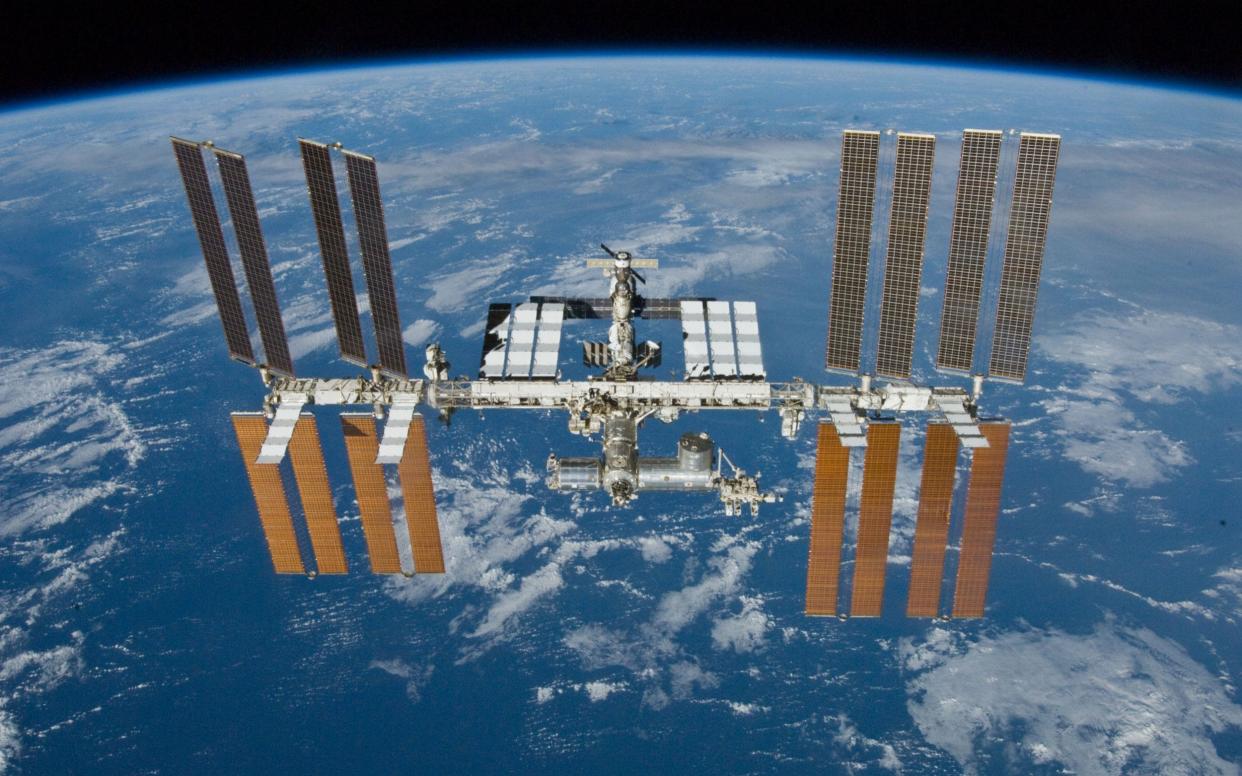How blasting worms into space could help slow down the ageing process

A tiny transparent worm could be the key to finding out how to stop the frailty and ill health which often comes with old age.
British scientists are sending tens of thousands of worms into space in a government backed project to see if two drugs can prevent or slow down muscle wasting brought on by microgravity.
In space, the 1mm long c-elegans worms have nothing to push against to maintain their muscle mass and so quickly start losing strength, mirroring the effect experienced by elderly people back on Earth or those with conditions like muscular dystrophy.
But researchers at Nottingham University are hoping that by either boosting the cell batteries - known as mitochondria - or improving their uptake of calcium, they can slow down the process or even prevent it entirely.
The microscopic worms share many of the essential biological characteristics as humans and are affected by biological changes in space, including alterations to muscle and the ability to use energy.
Dr Bethan Phillips, Assistant Professor, Clinical, Metabolic & Molecular Physiology, said: “We know that microgravity accelerates the effects of muscle disuse similar to when elderly people are bedbound or are recovering from an injury.
“Skeletal muscle is linked to many systems in the body, such as the immune system, so the health implications are not just loss of movement they are far more widespread.
“The worms have similar muscle to human skeletal muscle so we can see if these pharmaceuticals have a beneficial effect which could eventually lead to new treatments both for astronauts and the elderly.”
Not only do the experiments offer hope for older people on Earth, but they will be vital to the success of future colonies on the Moon or Mars.
Astronauts can lose up to 40 per cent of muscle mass on a lengthy mission, and 1.5 per cent of their bone mass for each month spent in space. Tim Peake was missing nearly 10 per cent of his bone volume by the time he touched down from his trip aboard the ISS.
The experiment is one of several being funded by the UK Space Agency which has provided nearly £3 million ahead of the 20th anniversary of the International Space Station (ISS) on Tuesday.
Tackling ageing is one of the government’s ‘grand challenges’ and it wants to add five extra healthy years of life by 2035.
A team from Liverpool will also be sending tubes of human muscles grown from stem cells to the ISS to see if ‘heat shock’ proteins could stop the inevitable decline of muscles.
In the cells of older people muscles fail to get stronger even when they exercise, which researchers think could be because of inflammation in the body. The ‘heat shock’ proteins may help to dampen down the impact, researchers believe.
Professor Malcolm Jackson, from the University of Liverpool, said: “Ageing is one of the greatest challenges of the 21st century and so the opportunity to use microgravity to help understand the mechanisms underlying age-related muscle loss is really exciting.
“There is some evidence that inflammation is behind the problems with ageing muscle and if we can find a way to stop that inflammatory response it could be beneficial.
“Sending cells into microgravity allows us to look at muscle ageing response in isolation without the other effects of ageing complicating the pictures.”
The University of Strathclyde will also receive almost £1.3 million to investigate how shaking a liquid in microgravity induces solid particles to accumulate and form highly ordered aggregates, instead of causing the floating particles to simply disperse.
Science Minister Sam Gyimah said: “This research will help those with muscle conditions to live longer, healthier, happier lives, and is a great example of our modern Industrial Strategy in action – transforming life on earth through out-of-this-world research.”
Dr Graham Turnock, Chief Executive of the UK Space Agency, added: “For 20 years the International Space Station has provided a unique laboratory for astronauts to carry out cutting-edge research.
“As we celebrate all that has been achieved over the last two decades this new funding puts UK academics at the forefront of future pioneering scientific research, allowing us to gain knowledge that will improve life on Earth.”

 Yahoo News
Yahoo News 
